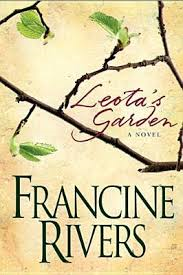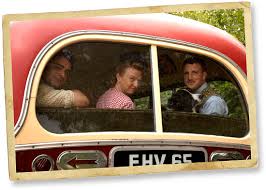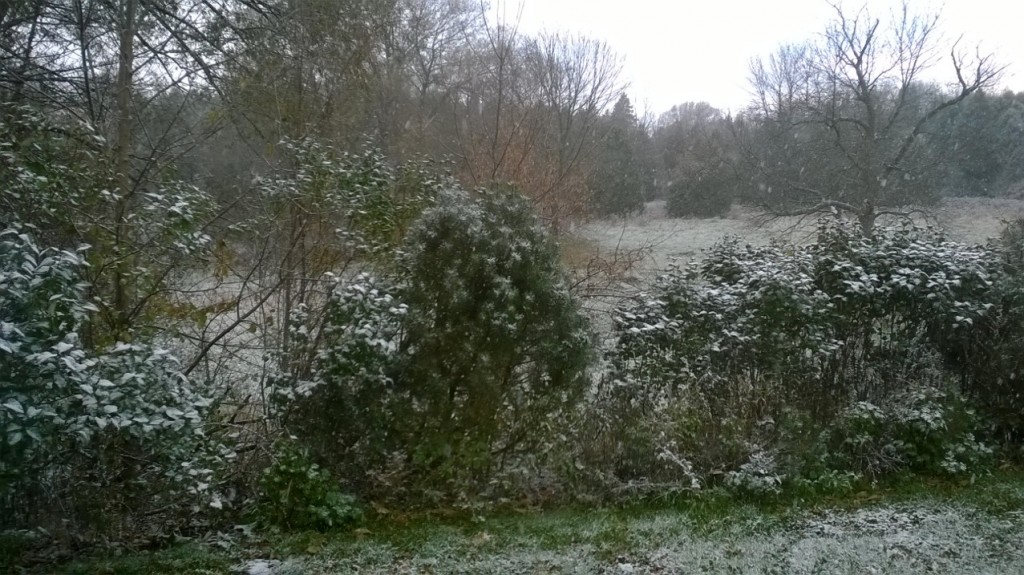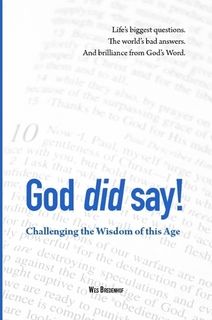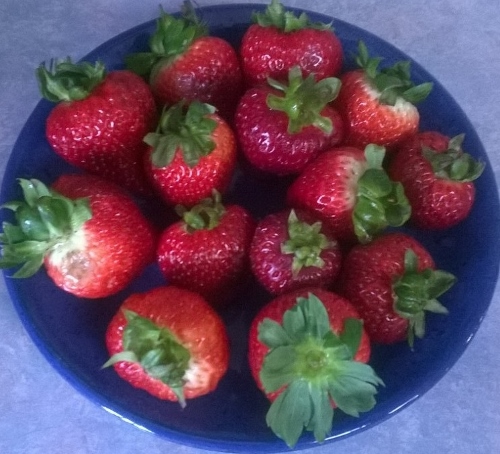
Sweet memories of life and learning
My five children (ages 13-22) have gone through a huge range of curriculum in almost two decades of homeschooling, so when I asked the at-home crowd what their favorites had been, there was silence around the table. They needed to think…and then they started to talk. Later, when I emailed my oldest daughter, I got another treasure trove of resources and happy memories.
Here are some of our children’s fondest memories, with links to my reviews:
Miss 22, currently studying classical languages, history, and archeology at university:
The Pathway Readers Series “provides a solid foundation in English. It far exceeds what kids learn elsewhere, and the stories are wholesome and actually have something to say. For example, the story about the girl who had to go get her dad from the neighbors who had a big dog… was about courage.”
English for the Thoughtful Child, a beautiful, thorough book of gentle language learning for the earliest years, complete with story prompts, poetry, picture study, and more.
Primary Language Lessons and Intermediate Language Lessons. “Again, a solid, proven way to learn English. The language skills taught in those two books are, I think, enough to enable you to succeed in the real world.”
Greenleaf Famous Men Series, which I read aloud and the kids narrated as we studied ancient Egypt, Greece, and Rome. “They are, to date, some of the most engaging and informative overviews of that period of history I have seen. I use that knowledge on a regular basis now, and those books formed the basis of my future career.”
English from the Roots Up “taught the critical skill of dissecting unknown words to figure out a meaning, great for reading pompously written articles and immensely helpful for Greek and Latin now…. I can’t praise that book enough.”
The diagramming book (a simple dollar-store type introduction to sentence diagramming). “I wish I had learned more formal grammar, even though I know I would have fought it.”
How to Read a Book by Adler and van Doren, summarized here. “I’m able to do significantly better research in WAY less time than other students because I am able to do sections one and two [of How to Read a Book] (the quick check and the skim) and make decisions if a book will actually be worth reading.”
Ambleside Online. “I hate textbooks, so Ambleside Online taught how I liked to learn.”
“Het leesplankje” pictured here, a very old reading aid for Dutch children. “It is the epitome of a phonetic summary for a language. I still use it today….”
Arithmetic Songs series by Kathy Troxel, for learning addition, subtraction, multiplication, and division in the car.
I find it interesting that most of this daughter’s favorite resources are Charlotte Mason and classical style. Miss 22 used to read my how-to-homeschool books too, and also remarked on Karen Andreola’s Charlotte Mason Companion. “I think that this theory would turn out an extremely successful highschool/university student.” I think she’s right.
Mr. 20, currently studying finance at university:
The Omnibus Series by Veritas Press, for its enjoyable reading and its logical questions that focused on ideas instead of on verifying that you had read the material. I’ve written a few posts about this excellent series, but have not yet reviewed it.
ALEKS, a motivating online math tutor. With this program “it was easy to get explanations without disrupting workflow. I just liked it.”
Miss 17, currently studying math (and some history) at university:
Apologia High School Science (biology, chemistry, physics, advanced chemistry, half of advanced physics), “because it actually teaches stuff.”
ALEKS math “is a great crash course introduction but you need to relearn the stuff slowly afterwards. It can only be done as a supplement to other courses.”
CEMC Math Competitions , Miss 17’s ticket to an invitational week-long math workshop at University of Waterloo. Although very few students achieve this result from these tests, “there’s no reason not to do them. They promote creative thinking vs rote learning, and are a pretty fun thing to do.”
AP English with Alexandra McGee. “This course was really in-depth, I learned exactly how to write, the authors and speakers were interesting, and Mrs. McGee cared about the students.”
Math and science reading. “Reading is always a good thing. The end.”
NaNoWriMo. “Writing is always a good thing. The end.”
Miss 15, high school at home:
Format Writing by Frode Jensen, the one book that can turn writing from a fuzzy, touchy-feely subject into one with definite rules, patterns, and formats. This book teaches formats for sentences, transitions, many different kinds of paragraphs, book reports, essays, and more. (It’s not very easy to plan, but What’s the Big Idea has a good two-year lesson plan.)
Ray’s Arithmetic, the elementary levels. I am always surprised that she loved this curriculum so much. Perhaps it was because we did it together orally on the couch? It can teach math very effectively and our method was splendid for someone who learns best by hearing.
Unlocking the Great Pyramid, a DVD from National Geographic. An explanation of how the pyramids may have been built; for some reason, this documentary was very memorable.
Seterra, an addictive geography fact game that leaves long-lasting knowledge.
The BBC Historical Farm Series– Living British history through-out the ages.
Geography Songs by Kathy Troxel. Awesome. For more information check out my review.
Miquon Math, a discovery-oriented math program for the first 3 or 4 grades. It really teaches thinking, and I don’t know why I have not yet reviewed it.
Miss 13, middle school at home:
Miss 13 has never really liked formal studying, and this is reflected in her favorite learning resources.
Hal Leonard Guitar Method, Complete Edition and Classical Guitar Pieces by Schott, both with CDs, which she uses to teach herself to play guitar.
The BBC Historical Farm Series, obviously a favorite at our home, but Miss 13 has watched it more than the rest because they are her favorite movies when she has partially recovered from a concussion (of which she has had too many) or has the flu.
Reading week, when all formal school work is cancelled for a week and we focus on reading.
Therapeutic riding volunteering, a great chance to work with horses and learn about them while doing something good for the community. For Miss 13 it’s mostly about the horses.
What’s the Big Idea 1, the first formal homeschool resource that Miss 13 actually enjoyed. She is using it this year.
ALEKS math, a thorough online math program that teaches patiently and motivates successfully. All my kids love it and I found it very helpful for a change of pace, introduction to new topics, review, and remedial work.
Seterra, an addictive geography fact game that leaves long-lasting knowledge and allows competition between siblings.
The beekeepers and the bees.
The library for detailed, adult-level information about bees, rabbits, chickens, horses, and how music relates to mathematics.
And her current favorite: How Music and Mathematics Relate, a lecture series by Prof. David Kung. This is obviously beyond her in many ways, being a university level course, but for some reason it inspires her and she can write pages and pages of intricate notes.
As you can see, each child has his or her own favorites, even though most of the curriculum they used was the same. I constantly try—and constantly fail—to find resources suited to each of my children’s current interests and needs, but even making the effort to tweak what we are already using can pay huge dividends in learning.
I hope that this list will give you some ideas and will also help you with two things:
- individualizing your children’s learning, and
- reducing your guilt about not being able to do so very well.
Children will learn unless you manage to destroy their imagination. But that is pretty difficult to do, and it is not that hard to nurture their love of learning. So keep on doing your prayerful best and enjoy making fond memories with your dear children.
I want to thank all of my children for the ideas, comments, and insights they contributed to this post, and for making homeschooling a fond memory and happy reality for me, too.
—
This list is linked to Raising Homemakers, Titus 2 Tuesday, R&R Wednesdays, Trivium Tuesdays, and Finishing Strong.
Disclosure: As always, we are not compensated for mentioning any of these resources.
